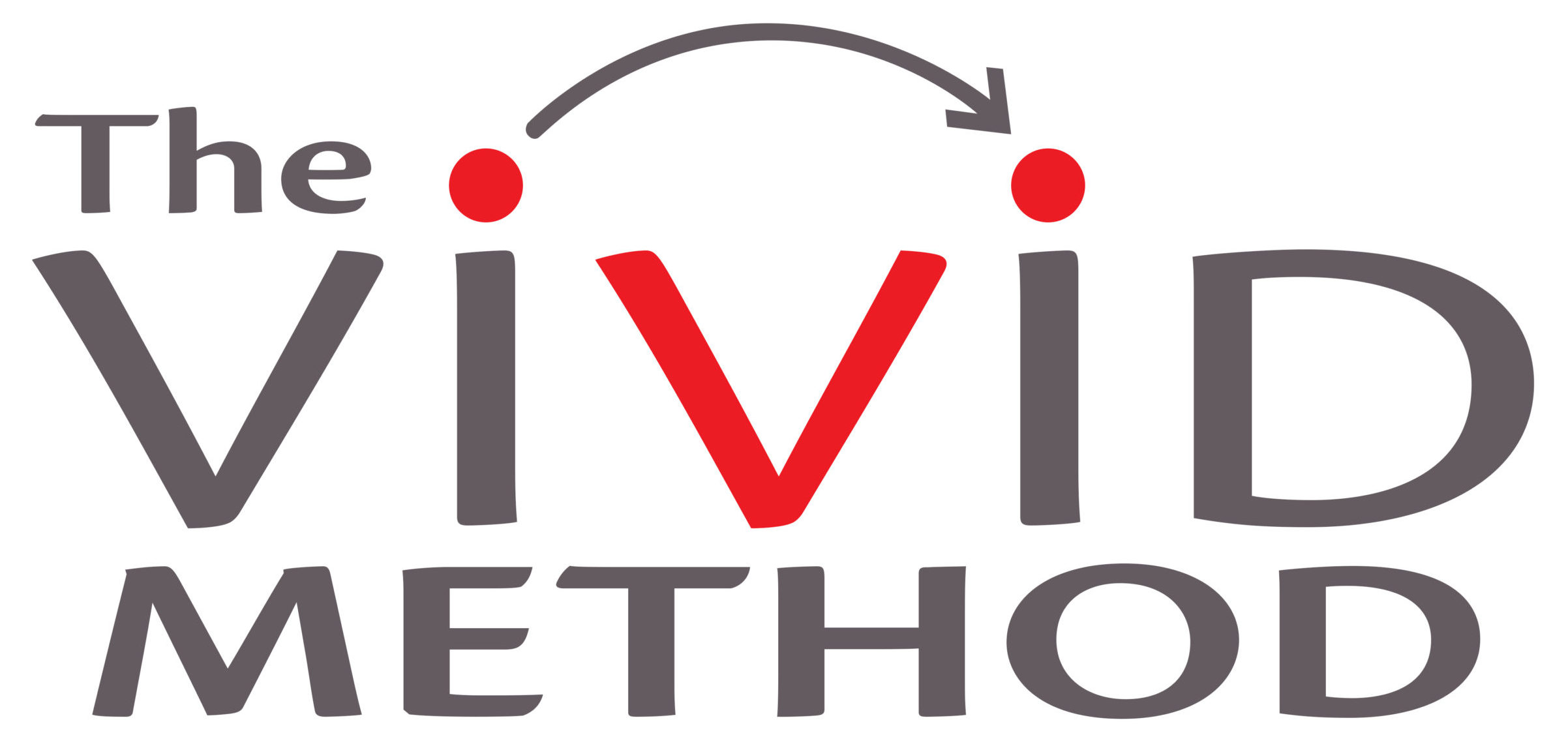Create a Persuasive Message in 2 steps
 We all need to be persuasive.
We all need to be persuasive.
We need a vivid message to convey the true value of our idea or it will be lost to the world.
I coached a scientist who’s pitch for funding wasn’t getting anywhere. His newly developed technology was groundbreaking. He was a likeable and energetic presenter, but explained his technology in a superficial way. He didn’t have a persuasive message.
His message was: “Our technology makes it much easier to see temperature variations on the sea floor.”
This is not a persuasive message. It’s superficial. If you want to persuade, you need to go deeper.
The secret technique of Communication Consultants
I’ll let you in on a persuasive secret. A good communication consultant can be effective by repeatedly yelling just 2 things at a client as they explain their ideas:
- “So what?”
- “Who cares?”
Vivid message examples:
Here’s what happened with our scientist as I took him through this process:
Level 1 message: “Our technology makes it much easier to see temperature variations on the sea floor.”
(So what? Why should we care?)
Level 2: “These graphs show the dramatically increased range of temperatures we can now measure – this could never be done before!”
(So what? Why should we care?)
Level 3: “This allows us to identify sea floor anomalies much more easily.”
(So what? Why should we care?)
Level 4: “We can find oil deposits more reliably and at much lower cost.”
Ahh. Great. This is a persuasive message. Go and get your funding…
If you want to engage people you need to go to the next level of clarity.
To bring information to life.
To make it vivid.
Most people don’t do this because they are too close to the subject and it seems obvious to them. We call this the Closeness Problem.
Example: Head of Ad Agency pitching for business
Level 1 message: “We give great service and have the best people.”
(So what?, Why should we care? Everyone says that.)
Level 2: “At our agency, ‘service’ means we actually listen to you and learn your needs.”
(So what? Why should we care?)
Level 3: “The ‘best people’ means that we can execute our great ideas.”
(So what? Why should we care?)
Level 4: “This combination means you won’t just get creative advertising, you’ll get high impact advertising that really connects with your audience.”
Note the transformation from superficial message to persuasive message.
Example: HR Manager talking about safety
Level 1 message: “Think safety”
(So what? Why should we care? We’re busy with other things.)
Level 2: “It’s the law”
(So what? Why should we care?)
Level 3: “So people don’t get injured”
(So what? Why should we care?)
Level 4: “Because injuries reduce your (or a friend’s) ability to live a happy life. Whole families are effected (kids traumatised for life, etc).”
Example: Head of an Association looking for members
Level 1 message: “Consider joining a workgroup”
(So what? Why should we care?)
Level 2: “To help the industry.”
(So what? Why should we care?)
Level 3: “Personal benefits (better reputation, find partners secure funding).”
(So what? Why should we care?)
Level 4: “Help grow the market pie so we all have more and are not fighting over the scraps.”
Find a friend to shout at you…
Are you delivering superficial messages?
Consider finding a friend to shout ‘Who cares’ and ‘So what!’ at you during your preparation. You’ll find deeper and more persuasive messages, which will make your presentations vivid and give you much greater success.
—–
If you’d like to go to the next level in your communication skills, consider:
